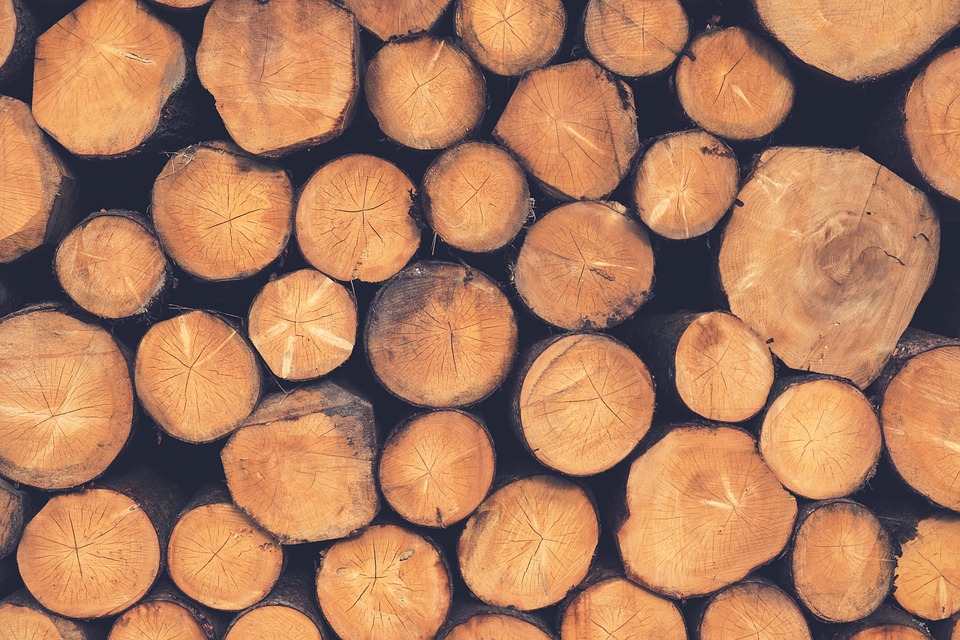Residues from forest harvesting and wood processing in the Amazon - an analysis of the production chain
DOI:
https://doi.org/10.20873/jbb.uft.cemaf.v5n2.brazKeywords:
amazon forest, forestry, use of the residuesAbstract
The sustainable management of the Amazon forest is of great importance for the conservation of the biome, minimizing ecological impacts and through the rational use of its resources, without totally destroying the habitat. An alternative sustainable forestry is the use of residues which occur during the harvesting and mechanical processing of wood. Residues from the forest are wasted, often due to not knowing how to leverage them or lack of technological options. In order to minimize waste, new technologies must be developed and employed for the use of forest residues according to local conditions, adding value to the raw material, and consequently raising the economic return and social significance, ensuring the preservation and sustainability of natural resources. The objective of this paper is the review of existing literature and the attempt to quantify residues from forest harvesting and wood processing to encourage the best use of the same.

Published
How to Cite
Issue
Section
License
Copyright (c) 2024 - Journal of Biotechnology and Biodiversity

This work is licensed under a Creative Commons Attribution 4.0 International License.
Authors who publish with this journal agree to the following terms:
Authors retain copyright and grant the journal right of first publication with the work simultaneously licensed under a Creative Commons Attribution License (CC BY 4.0 at http://creativecommons.org/licenses/by/4.0/) that allows others to share the work with an acknowledgement of the work's authorship and initial publication in this journal.
Authors are able to enter into separate, additional contractual arrangements for the non-exclusive distribution of the journal's published version of the work (e.g., post it to an institutional repository or publish it in a book), with an acknowledgement of its initial publication in this journal.
Authors are permitted and encouraged to post their work online (e.g. in institutional repositories or on their website) prior to and during the submission process, as it can lead to productive exchanges, as well as earlier and greater citation of published work (Available at The Effect of Open Access, at http://opcit.eprints.org/oacitation-biblio.html).


